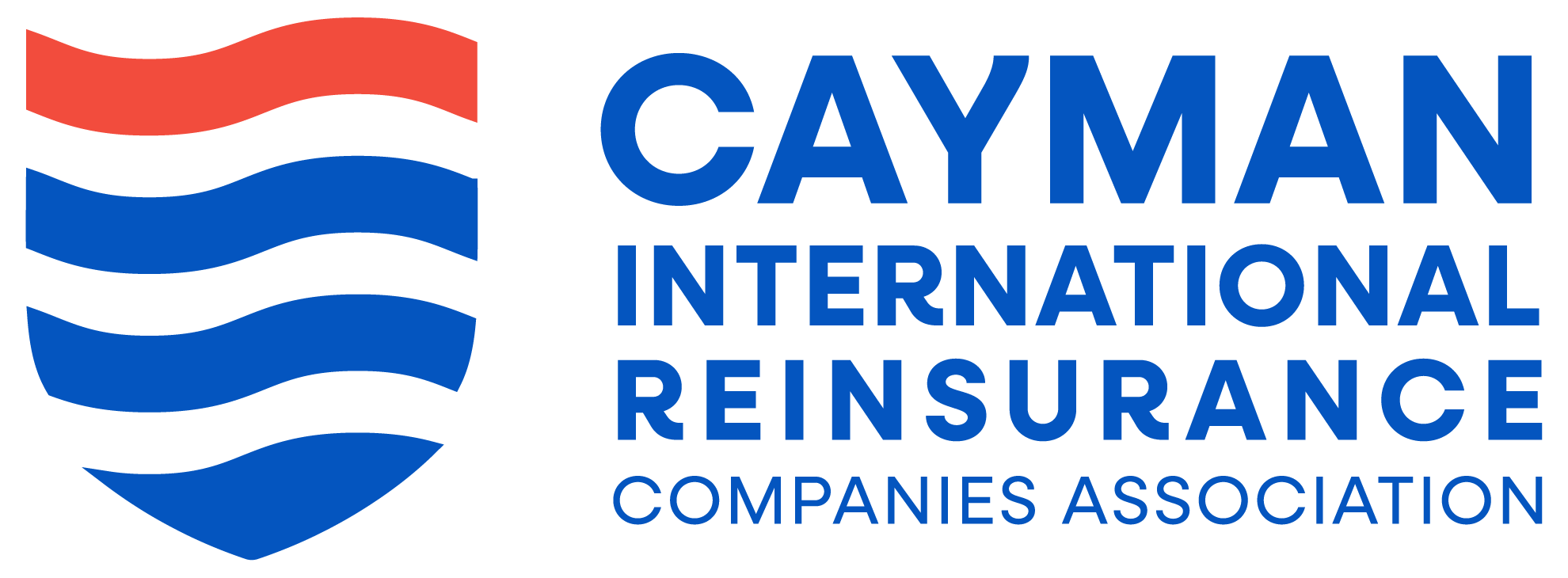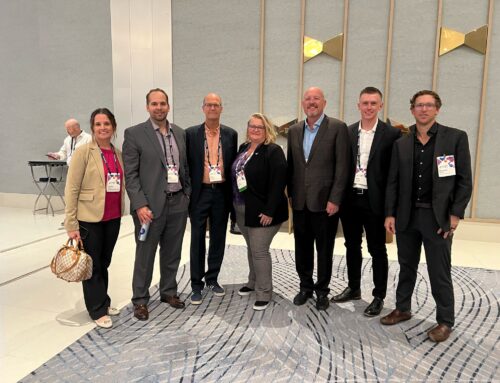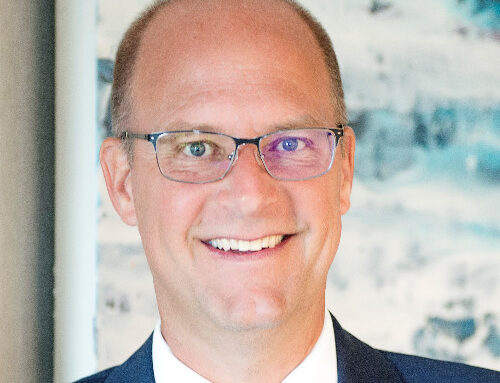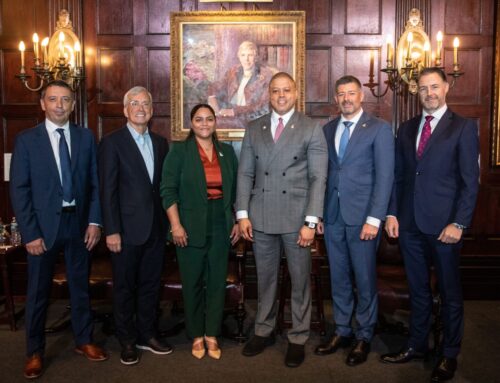Published by Captive International
Over the past 30 years of the Cayman Captive Forum, one topic at the event has always been the growth of captives in the domicile. However, in recent years there has been another topic—the concurrent growth of the reinsurance market on Cayman.
As stated in the forewords of this edition, ministers in the Cayman government have noted and encouraged the markets, both captive and reinsurance, as Cayman continues to grow and change. With so much invested, in every sense of the word, on Cayman, it makes sense to provide as much encouragement and appropriate regulatory support as possible.
Graham Mackay, chair of the Cayman Islands Reinsurance Companies Association (CIRCA), told Captive International that the Cayman Islands Monetary Authority (CIMA) had reported a total of 80 reinsurance company licensees as of September 30, 2023, with more new licences being added after that.
According to a July 2023 report by legal firm Conyers around 70 percent of all licences issued by CIMA in recent years have been for commercial or affiliate reinsurers, with private equity groups, traditional reinsurance and insurtech increasingly selecting Cayman for the establishment of sidecars and reinsurance platforms.
“The confidence in the jurisdiction has been evidenced by the entry of larger players in the life & annuity (L&A) space, including RBC Re’s redomicile from Barbados to Cayman in 2021 and Talcott Re’s establishment of a Cayman reinsurer which assumed a $26 billion block of business in 2022,” the Conyers report stated.
“CIMA’s release of a regulatory policy on requirements for licensing a class D reinsurer last month further cements the expectation that the growth of this licence class will continue on a strong trajectory in the coming years.”
How has the reinsurance market on Cayman developed over the past 30 years? According to Mackay, this can be broken into two distinct periods: pre-2016, it was a reinsurance market dominated for the most part by traditional property and casualty (P&C) reinsurers. Since then, according to CIRCA, the growth has been driven in two areas as follows:
· By L&A reinsurance, with seven new class D entrants establishing a presence on-Island. That number is poised to increase with further licence activity and interest by new entrants looking to establish operations on Cayman either to complement existing operations elsewhere or starting out as new entrants to the global market.
· By P&C reinsurance companies, which have shown strong interest in the Cayman Islands. This is evidenced by the growing number of participants in the jurisdiction. A prudent regulatory environment enabling efficient and timely setup of new entities and supported by extensive, collaborative industry expertise positions Cayman well in the growth of P&C reinsurance companies redomiciling to Cayman or selecting Cayman as their jurisdiction of choice.
CIRCA is a relatively new organisation and its creation was driven by this growth in the reinsurance market on Cayman. Mackay explained to Captive International that the association was formed in 2020 to be the voice of commercial reinsurers in the Cayman Islands and is dedicated to promoting collaboration, advocating for regulatory excellence, and driving educational initiatives in Cayman’s thriving reinsurance sector.
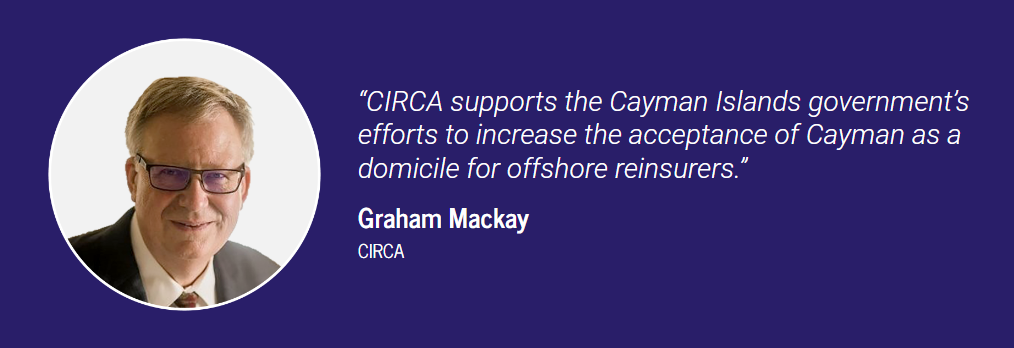
Development and regulation
CIRCA’s development since its founding has been quite pronounced, Mackay said. “CIRCA now has more than 30 full and associate members,” he stated. “We have formed committees to focus on marketing, membership, regulator matters and social and community activities. CIRCA’s full members include class B(iii) and D licensees, and its associate members include variety of legal, actuarial, accounting, technology, and advisory firms.”
Mention of those two types of licences is important. As Conyers notes, there is no day 1 presence requirement for B(iii) reinsurers: a class B(iii) licensee may engage and rely on a Cayman Islands licensed insurance manager to provide accounting, administrative and other management services, without the necessity for the reinsurer to put boots on the ground, either in the C-suite or other roles from day 1.
Conyers notes that while class D licensees are required to have a physical presence and resourcing from the point of licensing, CIMA generally allows flexibility for the on-Island employees to be built out proportionate with the size and growth of the licensee’s business.
Mackay praised the work that CIMA has been doing with regard to the reinsurance market on Cayman, saying that CIMA is recognised for being professional and responsive when dealing with its licensees.
“CIMA operates a principles-based approach and focuses on understanding each reinsurer’s business,” he said. According to CIRCA, this allows reinsurers to work with CIMA to set capital levels that meet both minimum capital requirements and prescribed capital requirements that are appropriate for that company.
“When setting its capital framework, many reinsurers will consider the requirements for a range of stakeholders including group capital requirements, rating agency capital analysis, and capital requirements of its cedants,” Mackay explained.
Looking forward in terms of what CIRCA would like to see in terms of future developments in the reinsurance market on Cayman, Mackay said that given the recent growth, global regulatory trends, and that 90 percent of the business written by the reinsurers on Cayman is focused on serving the needs of the US market, CIRCA supports the Cayman Islands government’s efforts to increase the acceptance of Cayman as a domicile for offshore reinsurers.
In the future, CIRCA expects that CIMA may enhance its licence classifications to provide additional transparency in the identification of all Cayman’s commercial reinsurers.
Speculating on the future, in terms of how much the budding Cayman reinsurance market will grow, would take more information than is now available. However, it will be interesting to look at how much growth it will see by the time of the 35th anniversary of the Cayman Captive Forum.
